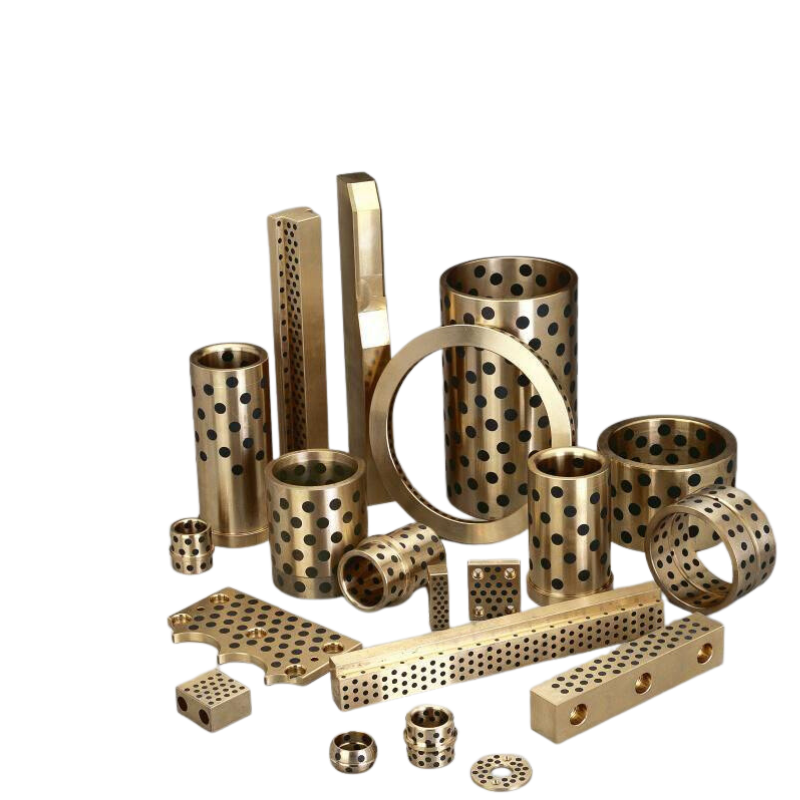Different carbon products have different requirements for raw materials. Today, Nantong Sanjie Graphite Products Co., Ltd. would like to discuss this topic with everyone.
Graphite electrodes are categorized into three types: regular power graphite electrodes, high power graphite electrodes, and ultra-high power graphite electrodes. Different types of graphite electrodes require petroleum coke of varying quality standards. For instance, when producing regular power graphite electrodes, the focus is on the ash content and the resistivity of the product after graphitization. However, for high power and ultra-high power graphite electrodes, the requirements include low resistivity, high mechanical strength, low thermal expansion coefficient after graphitization, good oxidation resistance, and thermal shock resistance. The production of ultra-high power graphite electrodes specifically requires needle coke with low sulfur content and very low thermal expansion coefficient. By the end of the 20th century, Chinese carbon factories mainly used imported needle coke for producing high power and ultra-high power graphite electrodes, which included both petroleum-based and coal-based needle coke. A comparison between the two types of needle coke is as follows: petroleum-based needle coke is 10% to 20% more expensive than coal-based needle coke; petroleum-based needle coke has better forming performance and higher product yield in extrusion forming; the resistivity and thermal expansion coefficient of graphite electrodes produced from petroleum-based needle coke are slightly higher than those from coal-based needle coke; coal-based needle coke has a slightly higher nitrogen content and exhibits greater gas expansion during graphitization, generally making it unsuitable for producing ultra-large ultra-high power graphite electrodes.
The raw materials for producing prebaked anodes or anode paste for aluminum are petroleum coke or coal tar pitch, with quality standards basically following those for producing regular power graphite electrodes, although the sulfur content can be slightly higher.
The raw materials for producing high-purity graphite products also primarily consist of petroleum coke, with the requirement that the ash content of the raw materials be as low as possible, such as below 0.15%.
For producing blast furnace carbon blocks or aluminum cathode carbon blocks (including side carbon blocks), the aggregate mainly uses high-quality anthracite as the raw material, and the powder can be metallurgical coke, coal tar pitch coke, or petroleum coke. In recent years, to extend the lifespan of carbon blocks and reduce resistivity, anthracite calcined at high temperatures (electric furnace calcined) is gradually being used as the aggregate. Small particles or powders sometimes use graphitized metallurgical coke, graphite fragments, or natural graphite.
For producing electrode paste (self-baking electrodes) used in submerged arc furnaces, high-quality anthracite is used as the aggregate, with the ash content of the anthracite being slightly higher than that used for carbon blocks. The powder generally uses metallurgical coke or partially graphitized metallurgical coke. For electrode paste with very high-quality requirements, low ash content anthracite is sometimes used. To improve its electrical and thermal conductivity, graphite fragments or natural graphite may be added.





